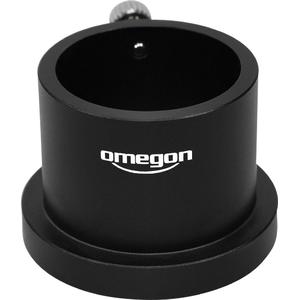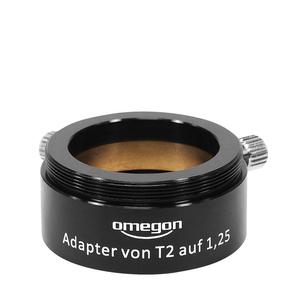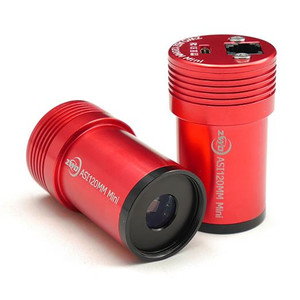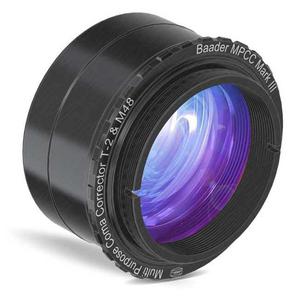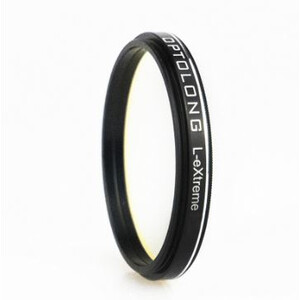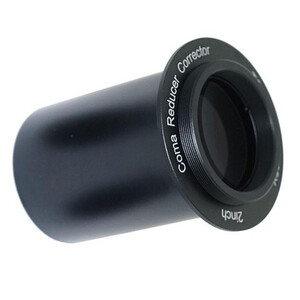TS Off Axis Guider - ultra-low profile - only 9mm optical length - Easy Guider by TS Optics
The new TS Off Axis Guider is the lowest profile off axis guider that we know. Despite this no compromise has been made with the function and operating comfort of this versatile Off Axis Guider.
Advantages of Off-Axis Guiding:
- No mechanical flexure between main and guiding telescope can possibly ruin the tracking accuracy if you use an off axis guider.
- The load for the mount is much reduced. There is no need for a guide scope and the setup will remain more compact.
- You work with the main telescope's resolution and focal length, not with the typically lower resolution of a guide scope.
Advantages of the TS OAG 9:
The ultra-low profile design and the various available adaptations offer many unique advantages:
- Can be used with correctors & DSLR:
The only Off Axis Guider that can be used between a coma corrector (or field flattener) and a DSLR camera without leaving the tolerance for the distance between camera and corrector. - Can be used with cooled CCD cameras:
The off axis guider provides enough space for filter wheels or filter drawers when using cooled CCD cameras. - Place the OAG behind the corrector:
The TS OAG is used between the corrector and the camera. Using an off axis guider in front of the corrector is not useful. The guide star would be distorted, the distances on both optical paths are too different and you might even get focusing problems with the main camera.
Behind the corrector you can avoid these problems, but this only works due to he low profile of the TS OAG! - Large Clear Aperture:
Compared with many simpler guiders the TS OAG not only has a shorter overall length, but also a larger clear aperture. A "T2 keyhole" can be avoided, resulting in better illumination for large sensor cameras up to 45mm diagonal. - Large choice of adaptations:
We offer a large selection of adaptors for all common cameras, coma correctors, field flatteners, filter wheels, ...
TS Optics is a brand of Teleskop-Service.
Our expert comment:
To ensure that the guide camera/eyepiece and imaging camera are both in focus, it may be necessary to clamp one of them to the eyepiece barrel at a different position. A 'homo focal ring' (Product No. 10610) is useful here.
An extension tube is also sometimes required, e.g. from Lumicon.
(Bernd Gährken)

